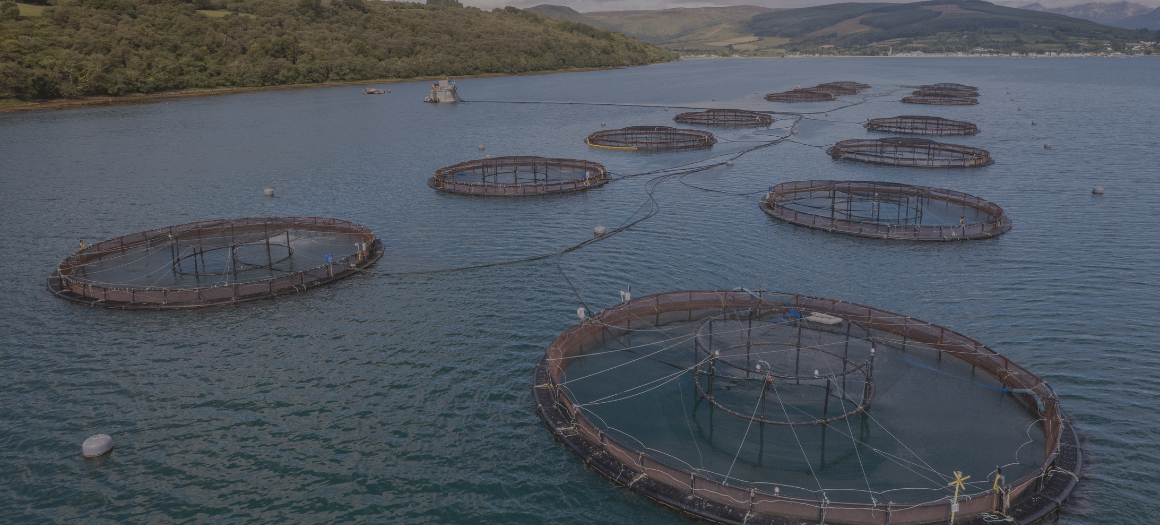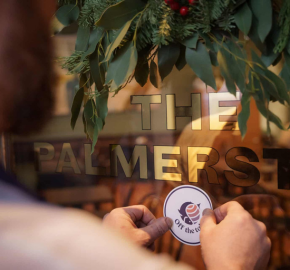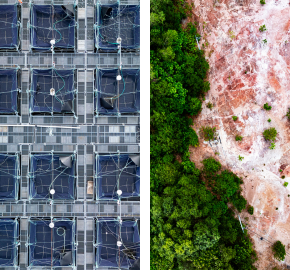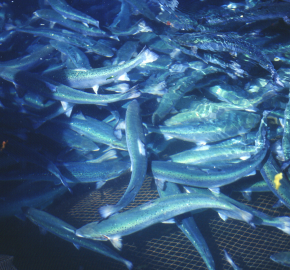SEPA’s over-complicated sea lice management plan will not save our wild salmonids

On Wednesday 31 May SEPA published their proposal for a risk-based, spatial framework for managing the interaction between sea lice from farmed fish and wild fish in Scotland.
A copy of the report is linked here.
At first glance, SEPA’s complex proposal may seem comprehensive, but it fails under basic scrutiny. The devil is in the detail and this proposal falls far short of what is needed to protect wild salmon and sea trout from sea lice.
A matter of timing
In SEPA’s new proposals, sea lice limits will only be enforced from 16 March to 30 May. Outside of this period, there will be no limit, nor repercussions, for sea lice on farms. For sea lice, the sky really is the limit.
In the new framework, SEPA’s commitment to limit the impact of sea lice from salmon farms on wild salmonids only extends to two and a half months in the year. This is just half of the critical 5-month period (1 Feb to 30 June) for wild salmon smolts currently acknowledged by the regulators and the industry.
Even during this 11-week period, SEPA’s ‘adaptive approach’ means that sea lice limits will not be set for all farms. In fact, many new and existing farms will not be subject to any sea lice limits.
Changes to how sea lice will be measured
Contrary to the current regulations, which set limits for the average number of adult sea lice per fish, SEPA has also proposed limits to be set at a maximum number of adult sea lice per farm. For some new farms, this will be calculated using the following formula:
Maximum adult sea lice per farm = 2 adult female lice per fish x a maximum number of fish to be kept.
Worryingly, 2 adult sea lice per fish is 10 times more lenient than regulations in Norway, where the same companies operate. By setting the limit as the total number of adult sea lice per farm, as the number of fish on a farm declines (mortality, harvesting, movements etc.), then the average adult sea lice per fish can increase without penalty. For example, if a farm went from 500,000 to 100,000 fish, the permitted sea lice level would go from 2 to 10 sea lice per fish and still remain within the set limit.
This begs the question, where is the incentive for farms to proactively prevent sea lice build-up?
Unreliable data
Like the current reporting system, SEPA’s proposed framework is entirely reliant on industry-supplied data, which is not independently verified. Added to which, there are a number of loopholes that allow companies to withhold reporting data – this resulted in almost 20% of weekly sea lice numbers not being reported last year.
The reporting proposal is particularly concerning given SEPA’s plan to base sea lice limits for existing farms on historical performance. If farms failed to report high sea lice counts, as WildFish’s previous reports have found, then it will be impossible for SEPA to assess performance with any accuracy.
The issue of allowing the industry to self-report and/or withhold data must be addressed for the plan to be credible. The new proposals indicate that this is unlikely to be the case.
Regulation has no purpose without enforcement
If a sea lice regime is to be viable, there needs to be meaningful enforcement when the regulations are breached. SEPA has said it is not planning to rescind licences in response to serious breaches, and that it will even consider making allowances for non-compliance under certain conditions. What is the purpose of having regulation if it is not going to be enforced?
In conclusion
WildFish has consistently argued that for any new sea lice regulatory regime to work, it must not be complicated. A viable regulatory framework must:
- Include a strict adult female sea lice ceiling set at 0.5 adult female lice per farmed fish, dropping to 0.1 during the period of wild smolt emigration, below which ceiling any adaptive management, based on wild fish monitoring, may be applied.
- Be applied to all fish farms without exception.
Instead, SEPA is proposing an astonishingly convoluted system, which relies on self-reported data and modelling by an industry which even disputes that sea lice from farms negatively impact wild fish. The framework has been so heavily diluted by industry lobbying, that it now serves to protect the interests of the industry, instead of protecting our wild salmonids.



